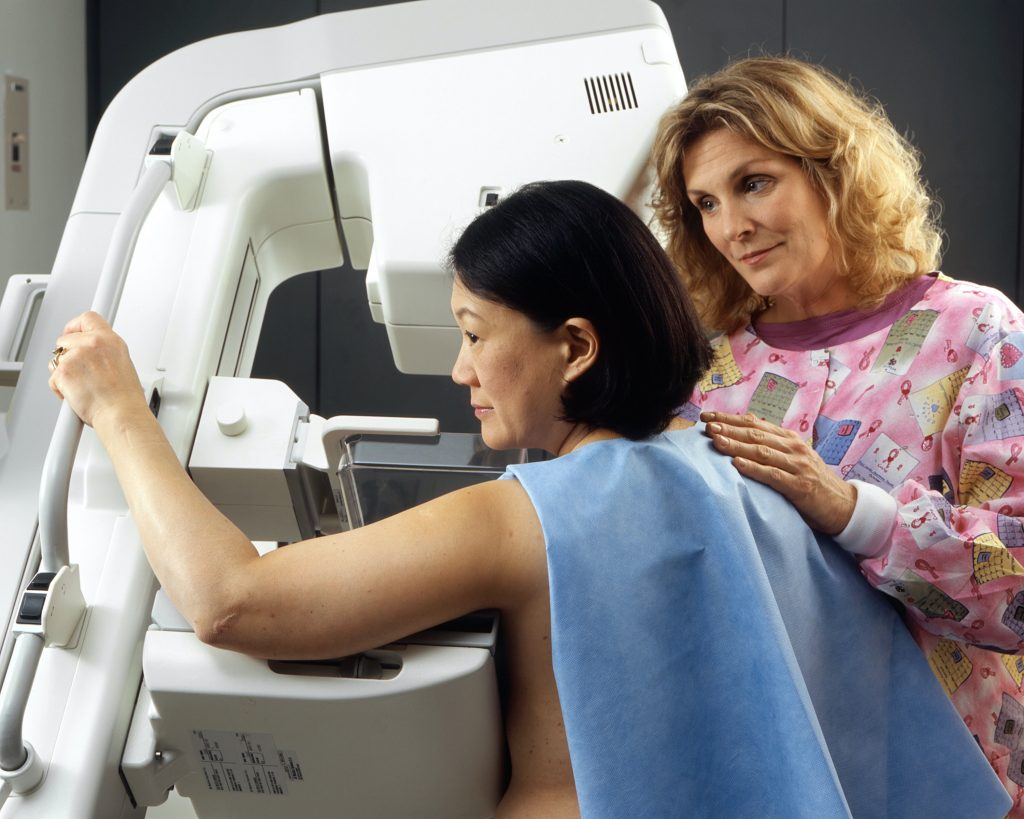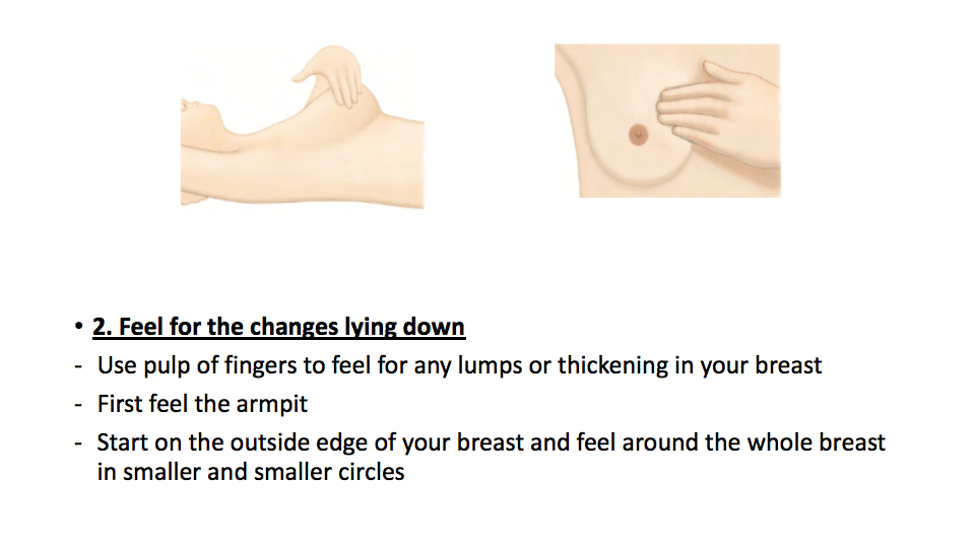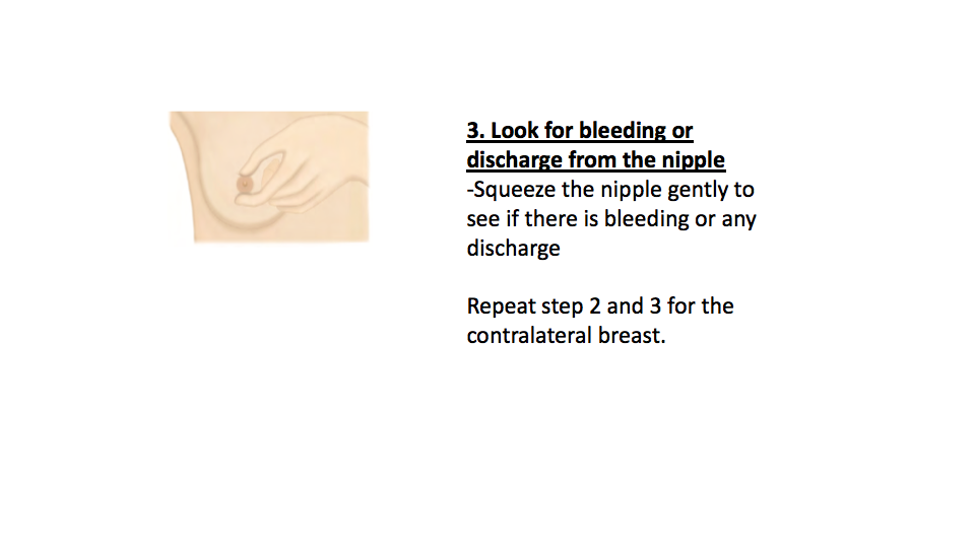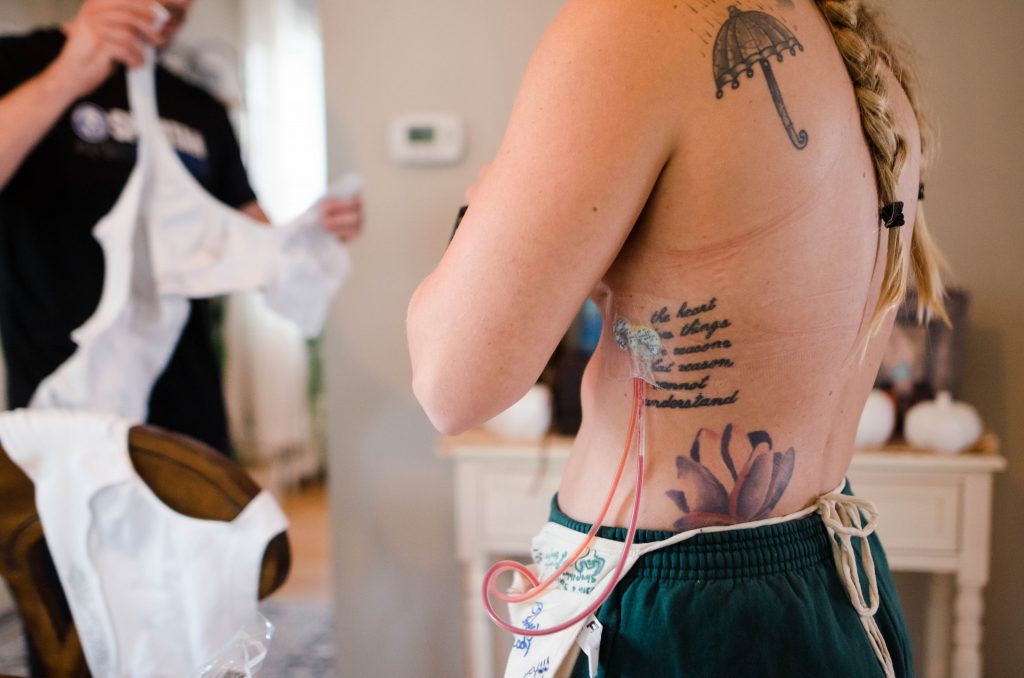In conjunction with Breast Cancer Awareness Month in October, Dr Julie Liana Bte Hamzah shares her insights on breast wellness and how to lower the risk of breast cancer. She is a Consultant with the Department of Breast Surgery in both the National Cancer Centre Singapore and Singapore General Hospital.
About Dr Julie Liana Bte Hamzah
Her practice covers benign breast conditions, the diagnosis and surgical treatment of symptomatic and screen detected breast cancer. Furthermore, she has a keen interest in lactational medicine, and is an International Board certified Lactation Consultant.
Julie is a mother of three and as a breast surgeon, she has managed patients who have suffered breastfeeding complications. She hopes to be able to help this group of patients as a lactation consultant. In addition, Julie led a multi-disciplinary team in a quality improvement project to streamline treatment for lymphoedema, a complication of axillary dissection. This project was awarded the Surgery Academic Clinical Programme grant in 2018. She is currently leading a project on Breast Education for Students and Teachers, in collaboration with Health Promotion Board and Ministry of Education. This project has been awarded the National Cancer Centre Cancer Fund Grant in 2022.
Breast Wellness

Under the national breast screening programme, women between the ages of 40-49 should attend an annual mammogram. After 50 years old, women should have a mammogram once every two years. In addition, women should perform their breast self-examinations once a month, one week after their menses have begun. For women who are no longer menstruating, Dr Julie advises them to “choose a convenient time once a month to do their self-examination.”
When doing their self-examinations, Dr Julie says to look out for “a breast lump, breast skin or nipple changes and nipple discharge.” She adds, “They should see their doctor when they detect a persistent or growing breast lump, notice abnormal skin or nipple changes and nipple discharge.” A breast self-examination can help pick up early signs of breast cancer. Learn how to do a self-examination at home with the following guidelines:
Body Changes During Pregnancy and Breastfeeding



During pregnancy, continue to be vigilant about your breast wellness. Some changes may include tenderness or a change in sensation of the breast and nipple, and an increase in breast size. The colour and size of the areola and nipples may also change, with more obvious Montgomery glands. Pregnant women may also start to notice colostrum leaking from the nipples.
Dr Julie says, “As the body prepares for pregnancy or breastfeeding, the woman may experience engorgement of the breasts.” As she breastfeeds, Dr Julie adds, “she may experience blocked milk ducts, which manifest as lumps on the breasts. However, these lumps should resolve when the breasts are emptied adequately.” Seek medical attention if you have a persistent breast lump or bloody nipple discharge.
Reducing Your Risk of Breast Cancer
Breastfeeding and having more children can reduce your risk of developing breast cancer. Dr Julie explains, “Breastfeeding interrupts the duration of oestrogen exposure to the woman, which can reduce the risk of developing breast cancer.” Mothers who have expressed milk by pumping or latching can also enjoy this benefit, even if their babies were combination fed.
Other ways to reduce your risk of developing breast cancer include maintaining an ideal weight. Have a healthy diet and exercise 150 minutes a week at moderate intensity. Additionally, limit the use of hormone replacement therapy, oral contraceptives and your intake of alcohol. Dr Julie says, “Lastly, have more children and breastfeed if one is able to!” The Collaborative Group on Hormonal Factors in Breast Cancer’s study showed that a woman’s breast cancer risk decreases by 4.3 per cent for every 12 months she breastfeeds. This could be with either one child or the total over several children.
Breastfeeding After Breast Cancer

Gestational breast cancer has a reported occurrence of 1 in 3,000 pregnancies with a median age of diagnosis of 33 years[1]. Between 2013 and 2017, 16.3 per cent of female cancer patients in Singapore were below the age of 40 at the time of diagnosis, according to the article by Channel News Asia.
Breast cancer survivors who wish to nurse their children should have their breast surgeon specialist or IBCLC do an assessment. With a wide excision or lumpectomy and radiotherapy, the affected breast may not produce much milk. Dr Julie says, “The pathology is not only in the damage of the milk ducts, but a surgical scar located at the peri-areolar region also disrupts the nerve responsible for the milk-ejection reflex.” The patient can breastfeed from the unaffected side, or even the breast which has undergone a lumpectomy. Pumping and frequent nursing can help you establish enough breast milk for your baby.
[1] Breast Cancer in Pregnancy: avoiding fetal harm when maternal treatment is necessary, by Christina N Cordeirdo et al. The breast journal, 2017 March; 23 (2) 200 – 205
Relevant Reads: Conquering Breast Cancer
This article originally appeared on Motherswork.



